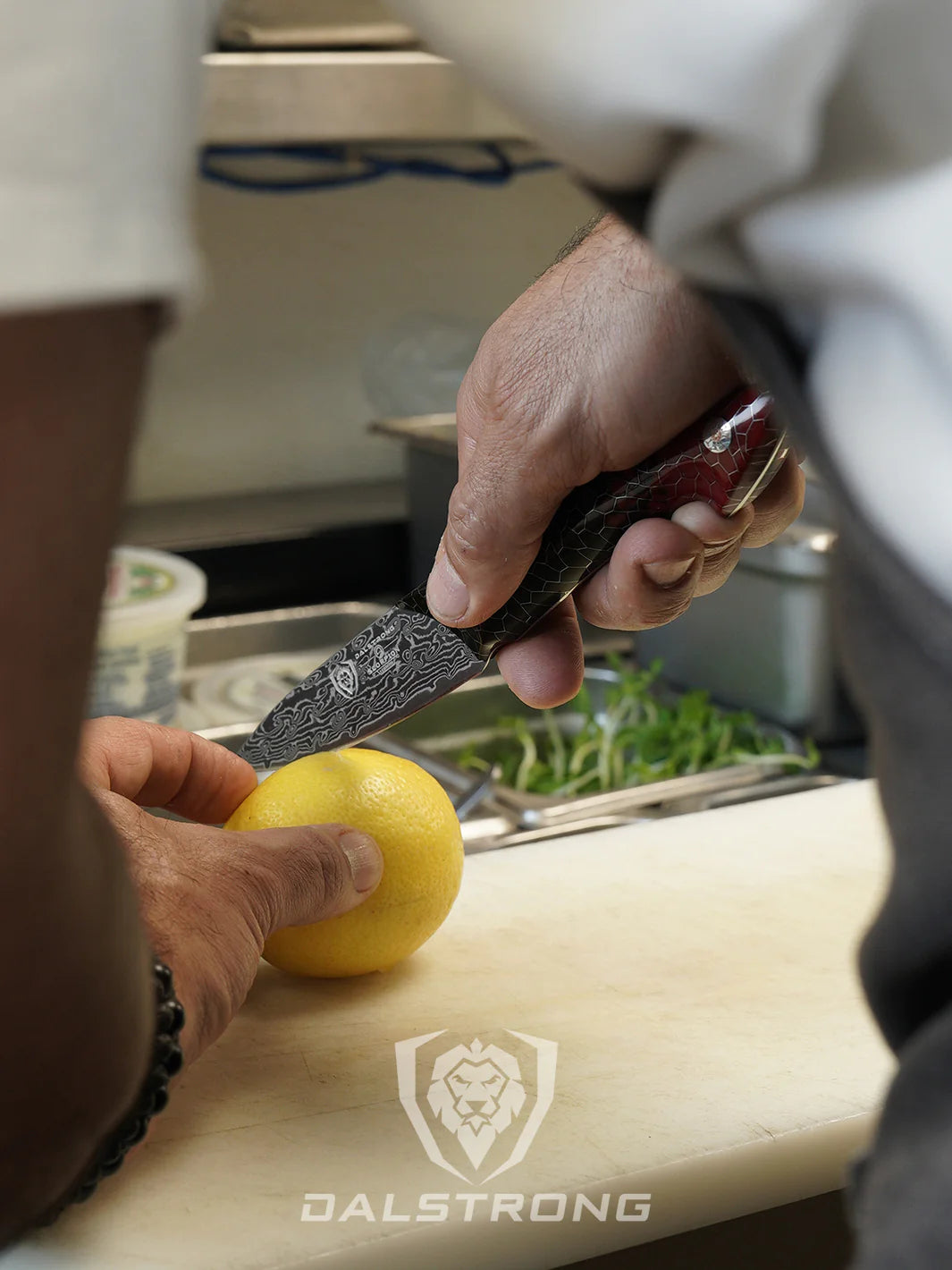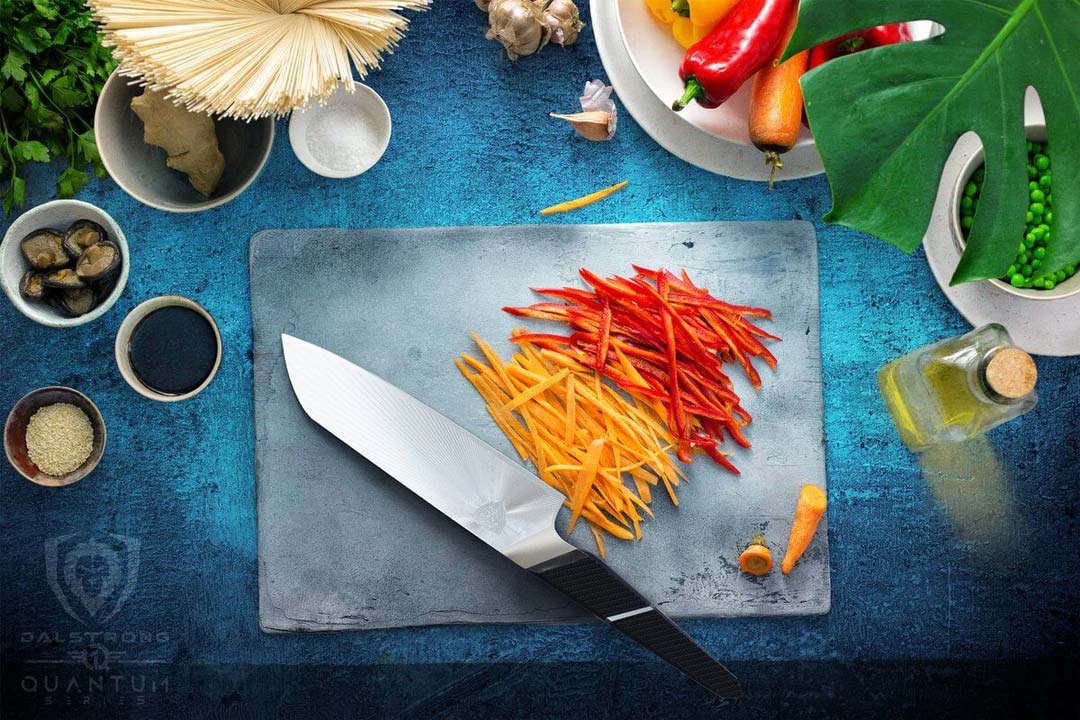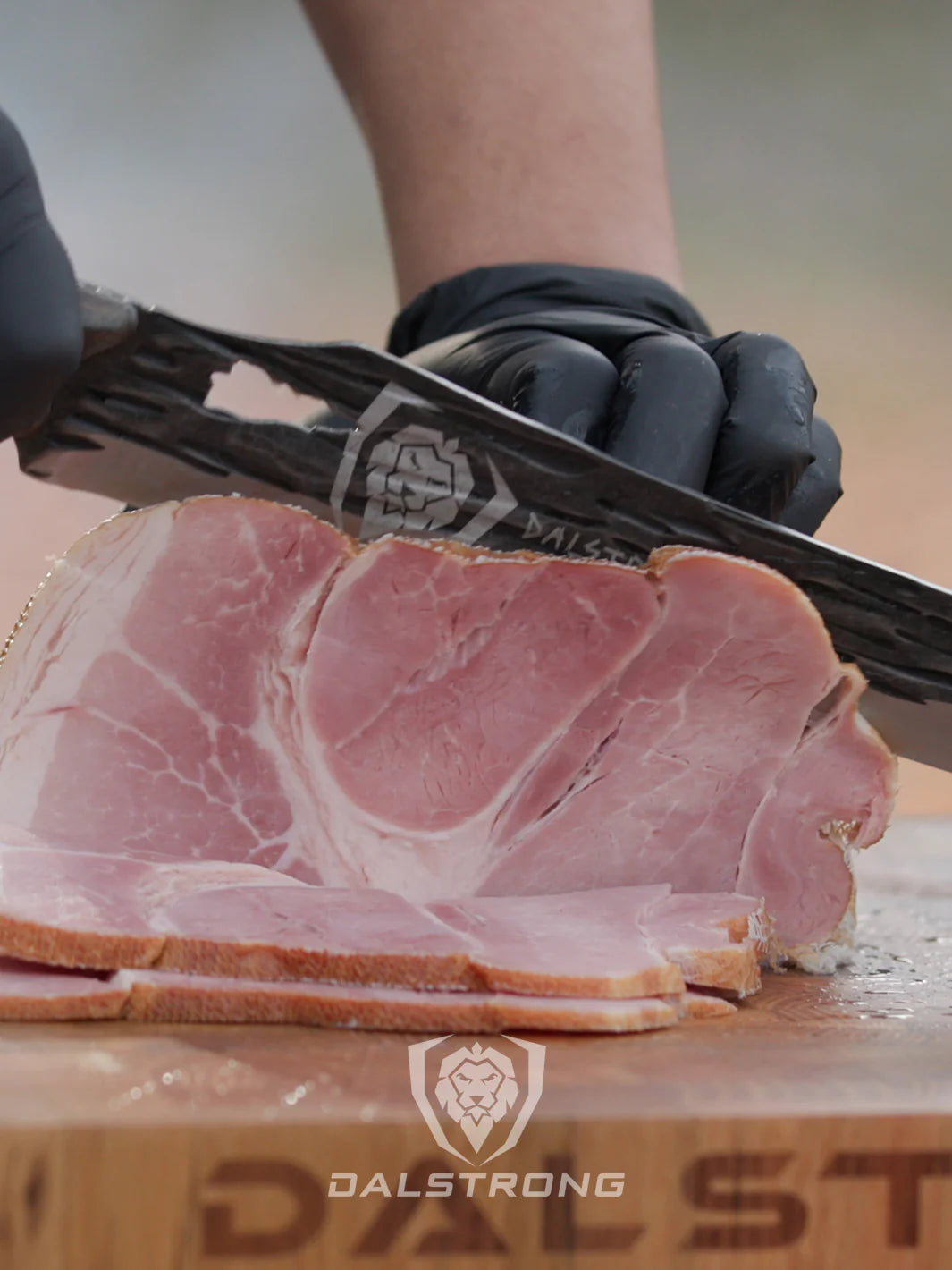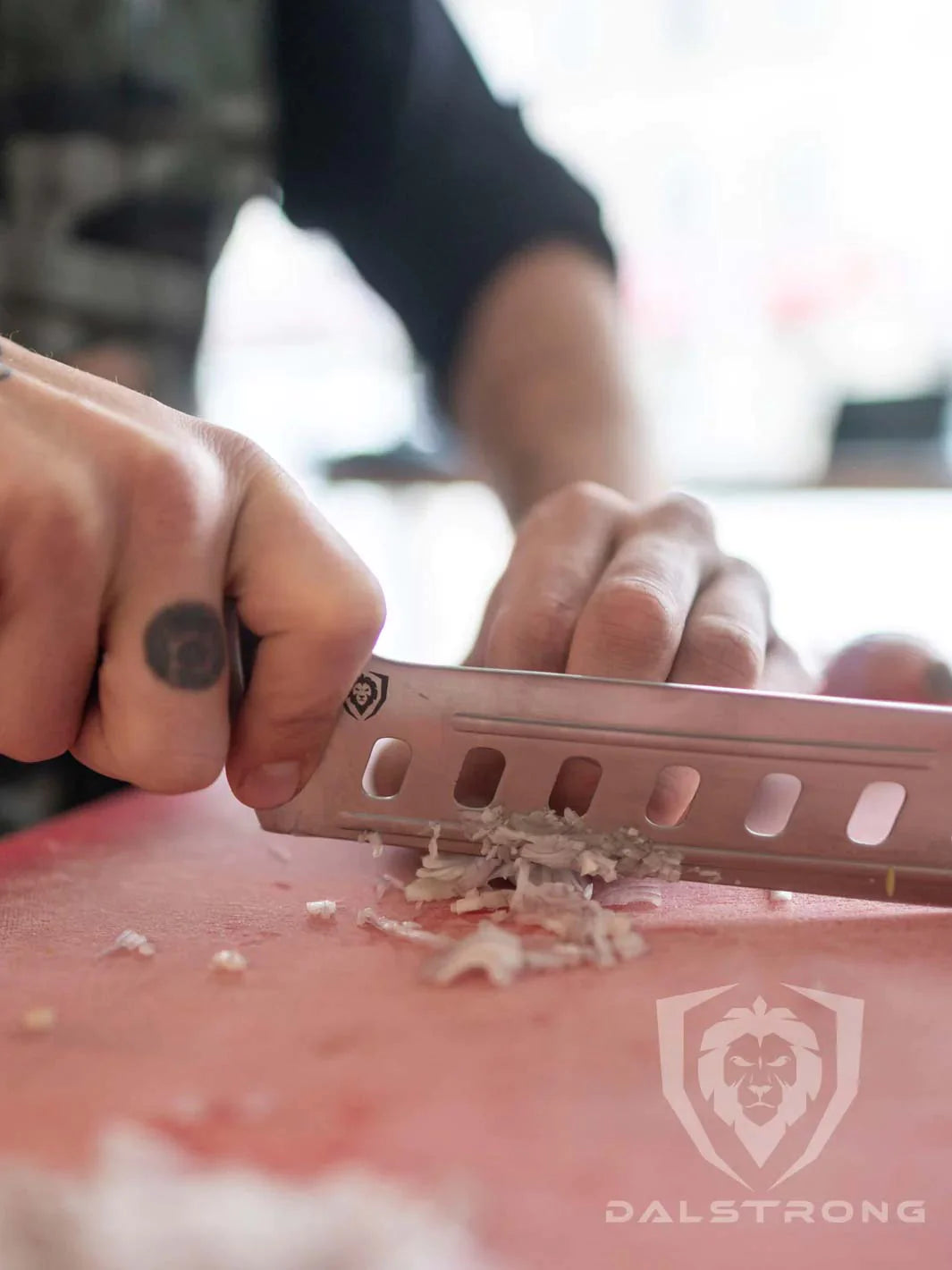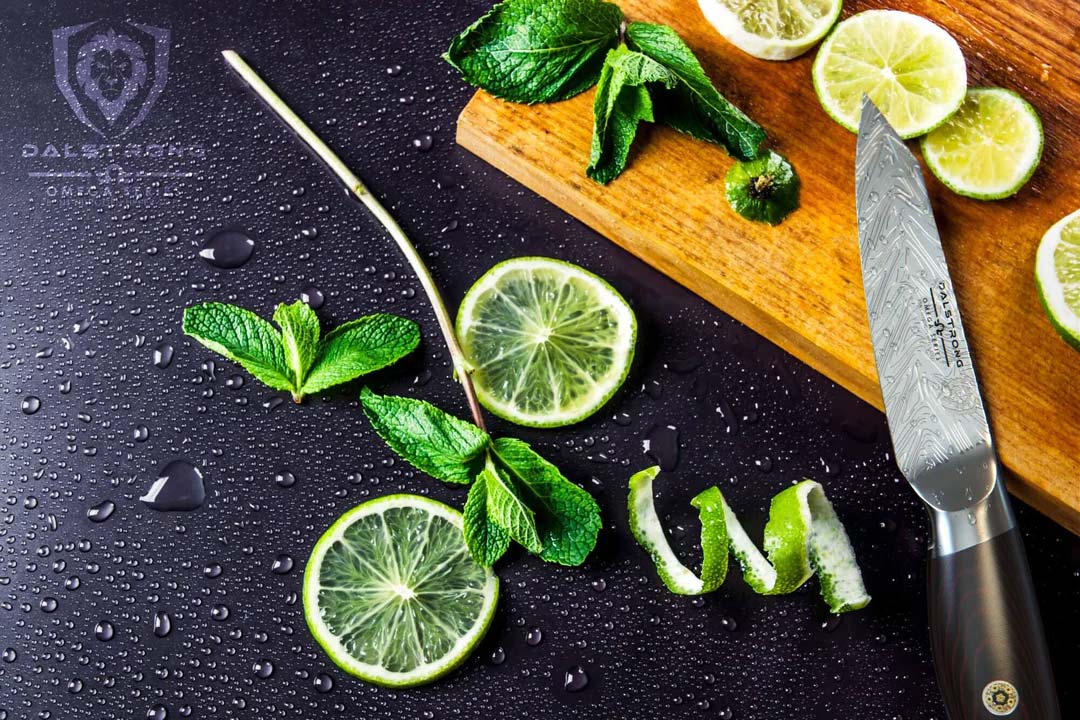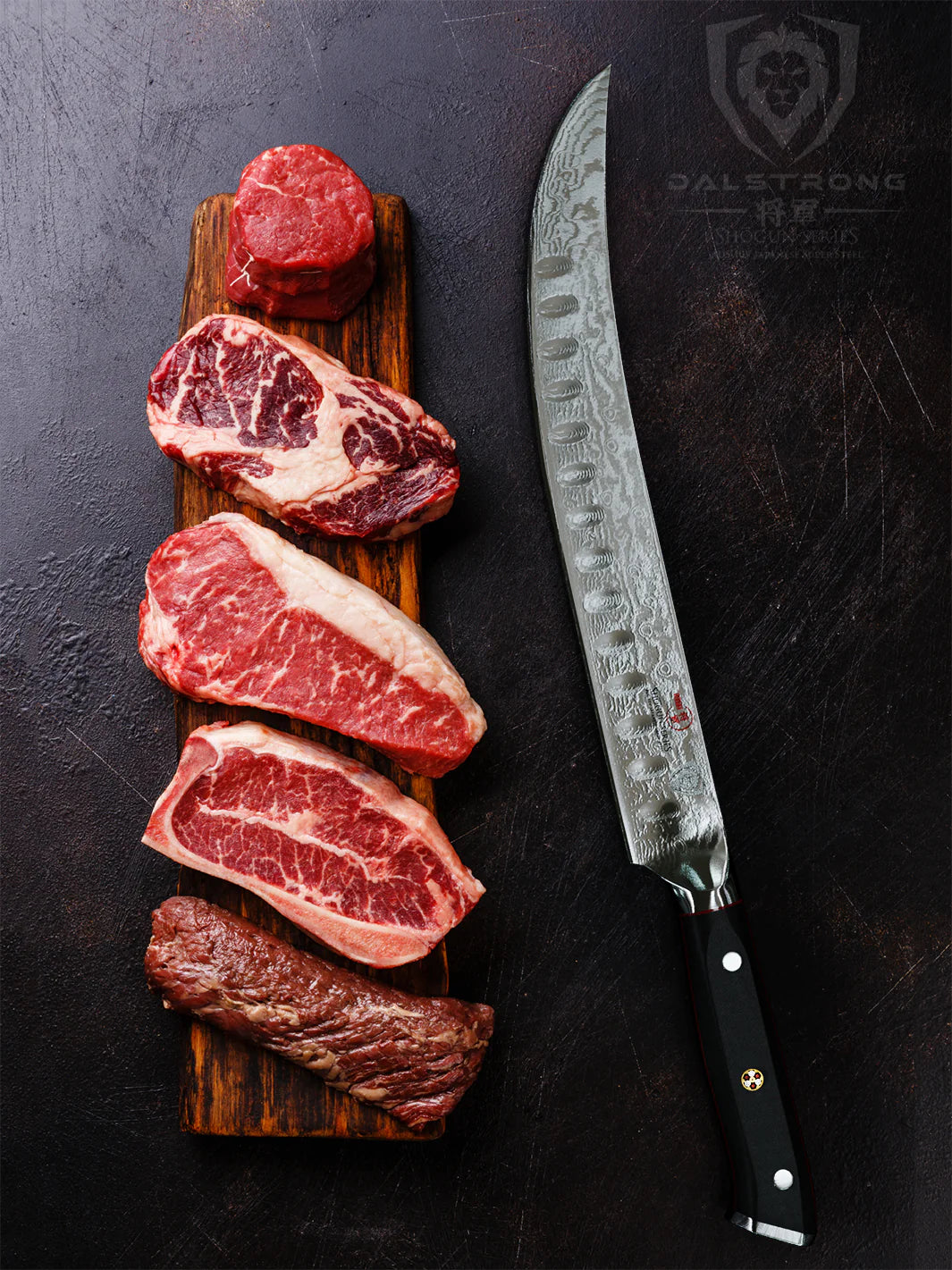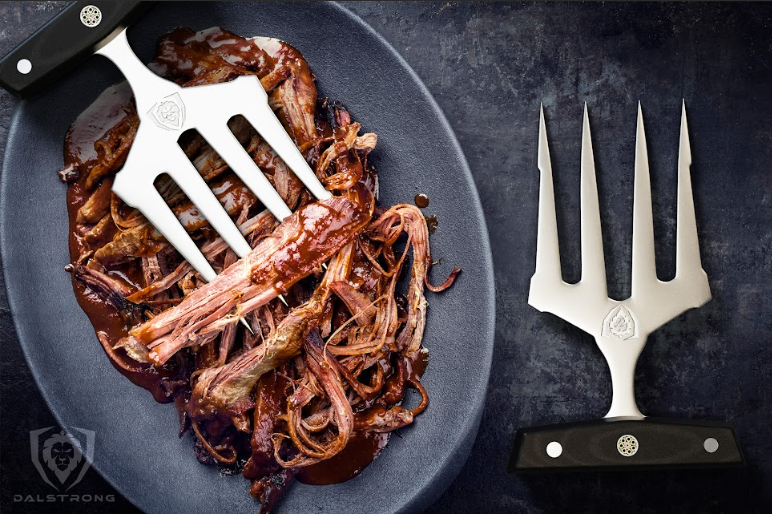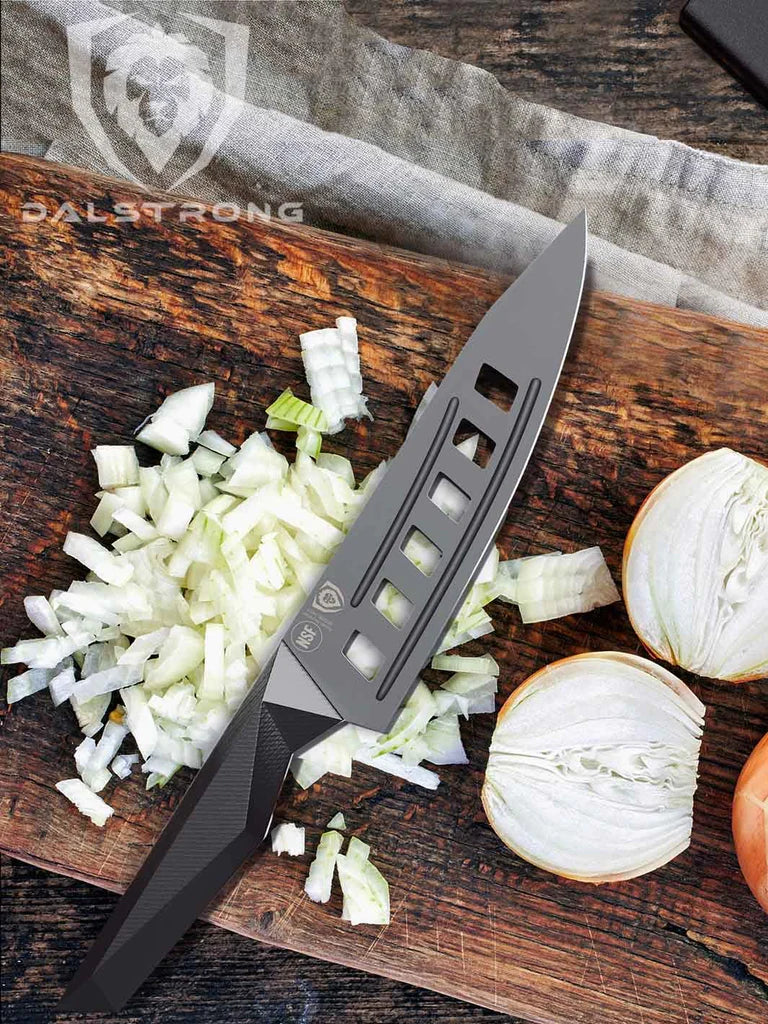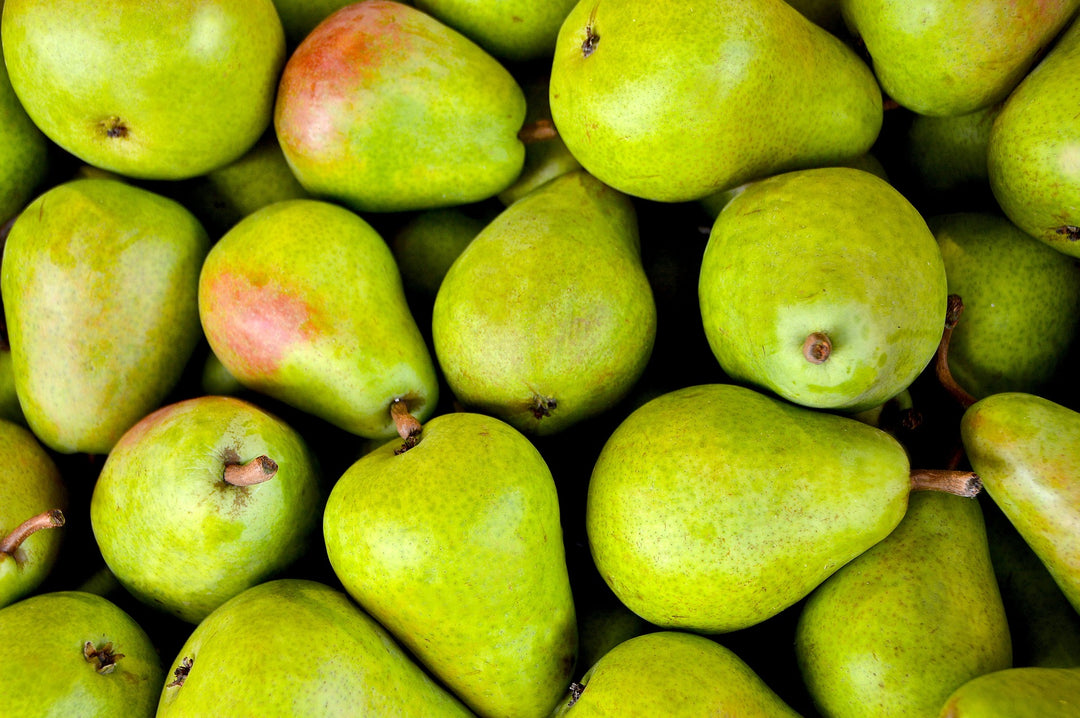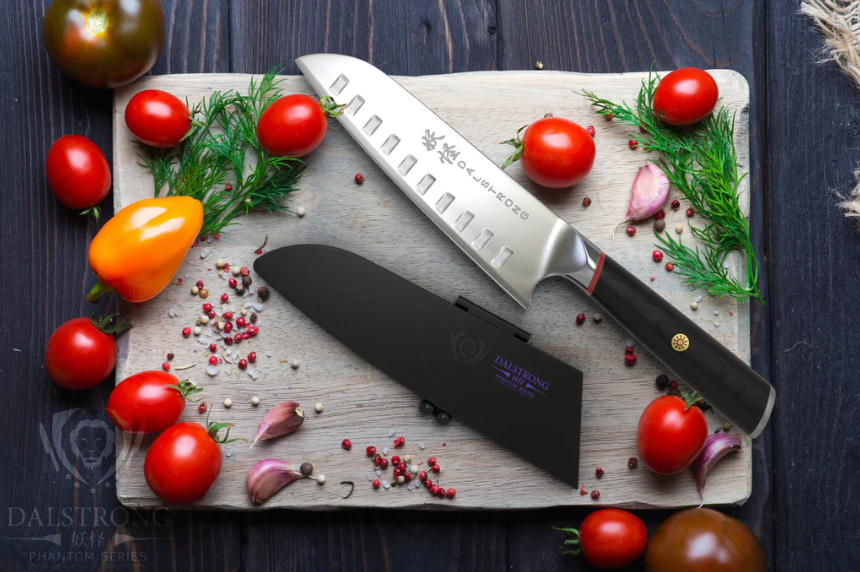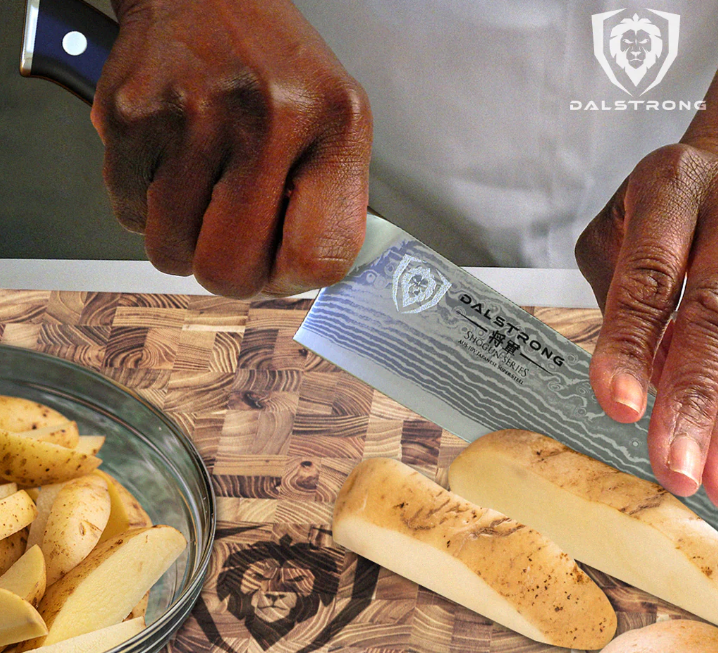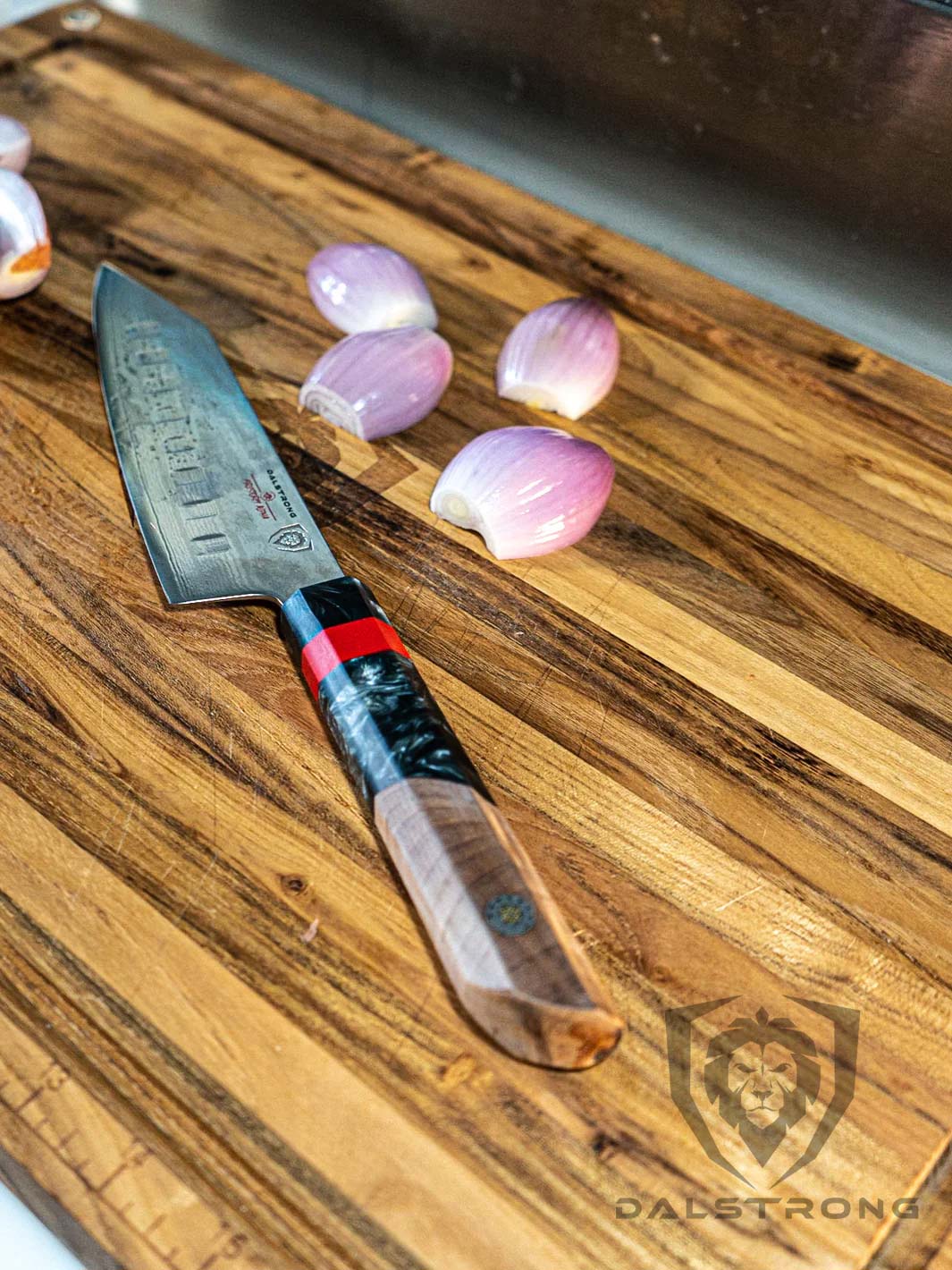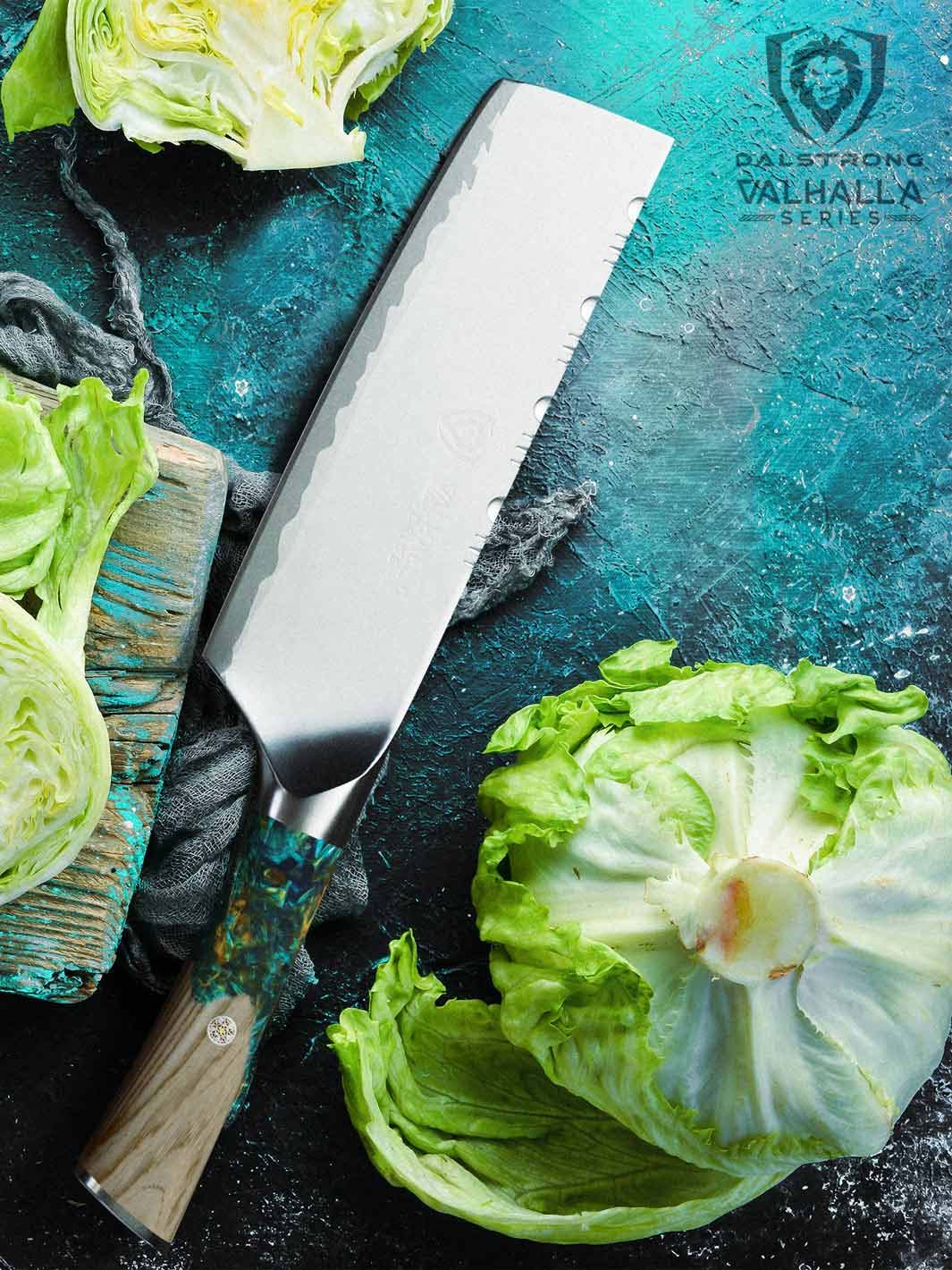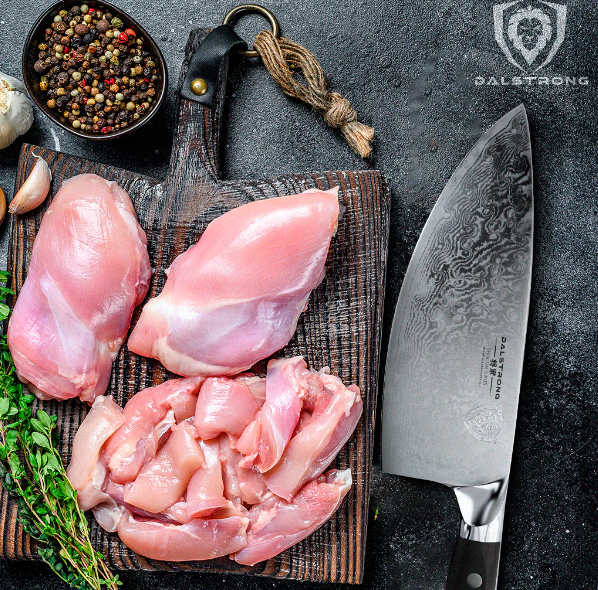How To Cut Flank Steak In 5 Easy Steps

Quick Overview: How To Cut Flank Steak In 5 Easy Steps
- Begin by stripping the flank steak of any excess fat or silver skin. This will ensure that the meat is tender and flavorful.
- Look for the grain of the meat. The grain means the direction where muscle fibers run. Cutting against the grain is vital for tenderizing the meat.
- Then, slice the flank steak against the grain into thin, even pieces. The thickness of the slices should be no more than 1/4 inch.
- Use a sharp knife to make the cuts. A dull knife can tear the meat, causing it to become tough and less flavorful.
- After cutting the steak, you can marinate it or season it with spices to enhance the flavor. To ensure even cooking, let the steak come to room temperature before cooking.
Did you know that there is a specific way to properly cut a flank steak? Yes, just like most things, the way you slice your flank steak will greatly affect the tenderness of your dish. I bet nobody wants a tough and hard-to-chew steak, right? Read on to learn the right way to cut your flank steak at home in just 5 easy steps!
1. What Is A Flank Steak?

Flank steak is a type of beef that comes from a cow's underbelly. It's a long, flat cut of meat that's lean, flavorful, and relatively affordable. It is typically used for dishes like fajitas, stir-fry, or thinly sliced sandwiches. Flank steak has a tight grain, which makes it ideal for slicing against the grain for maximum tenderness. However, it can become tough and chewy if it's not cooked properly. This is why it's important to slice it thinly, marinate it, or cook flank steak on high heat for a short period of time.
2. How To Choose A Flank Steak

Choosing a high-quality flank steak is key to making your favorite flank steak recipes more flavorful and tender. Below are some helpful tips to guide you in selecting a good flank steak:
Look for a bright red color
Choose a flank steak that has a bright red color, as this indicates that it's fresh and hasn't been exposed to too much oxygen.
Check the firmness
The steak should be firm to the touch, indicating that it's fresh and not too tough.
Look for marbling
Marbling refers to the thin veins of fat that run through the meat, and it's a good sign when choosing a flank steak. More marbling means a more flavorful and tender steak.
Avoid grayish-brown color
Steer clear of flank steaks that have a grayish-brown color, as this can indicate that they are not fresh.
Check for an unpleasant odor
Smell the steak to make sure it doesn't have a strong, unpleasant odor, as this can indicate spoilage.
Consider thickness
Choose a flank steak that is the right thickness for your cooking method, as thinner steaks will cook faster and can be prone to overcooking.
3. How To Cut Flank Steak Properly At Home
There is definitely a right way when cutting flank steak. Although rich in flavor, flank steak can be tough. But cutting it in a certain way will decrease its toughness, maximize its taste, and make it easier to enjoy. Here are the steps to cut flank steak properly at home:
- Place the steak on a cutting board. Turn the flank steak so the grain of the meat runs from left to right.
- Slice against the grain. Slice the flank steak against the grain with a sharp knife, which means cutting perpendicular to the long muscle fibers. This helps to shorten the muscle fibers, making the steak more tender.
- Cut into thin strips. Cut the steak into thin strips, about 1/4 inch to 1/2 inch wide. You can cut the strips at an angle if you prefer a wider surface area for searing or grilling.
- Remove any excess fat. Trim off excess fat as you cut it into strips.
- Serve and enjoy. Once the flank steak is cut into strips, you can use it in your favorite recipes, such as stir-fries, tacos, or salads.
By following these steps, you can now cut flank steak properly at home, resulting in tender and delicious slices that are perfect for a variety of dishes.
4. Expert Tips On How To Cut Flank Steak
 8-Piece Steak Knife Set with Storage Block Gladiator Series | Knives NSF Certified | Dalstrong ©
8-Piece Steak Knife Set with Storage Block Gladiator Series | Knives NSF Certified | Dalstrong ©
Here are some expert tips you can use to help you cut flank steak:
- Freeze the steak for a short period of time: If you find the flank steak difficult to slice, try freezing it for 30 minutes to an hour before cutting. This will firm up the meat, making it easier to slice thinly and evenly.
- Sharpen your knife: Use a sharp knife to make clean, even cuts. A dull knife can tear the meat, making it less tender.
- Cut the meat at a 45-degree angle: Cutting against the grain is crucial, but slicing at a 45-degree angle can also help to maximize tenderness.
- Use a meat mallet to tenderize: If you don't have a lot of time to freeze the steak, you can use a meat mallet to pound the flank steak before slicing. This will help to break down the muscle fibers and tenderize the meat.
- Rest the steak before cutting: Let the flank steak rest for a while after cooking to allow the juices to redistribute. This helps the flank steak easier to cut and keep its moisture.


































































































































































